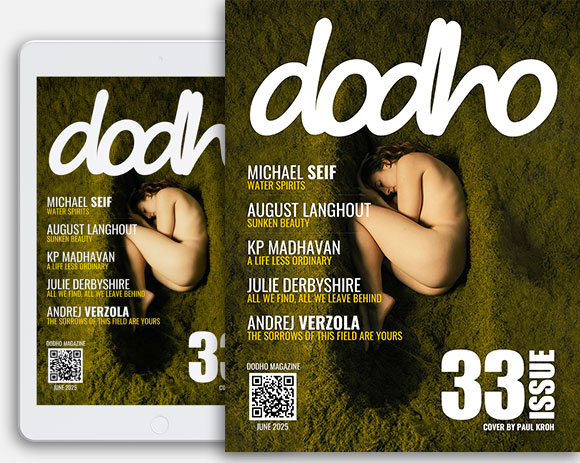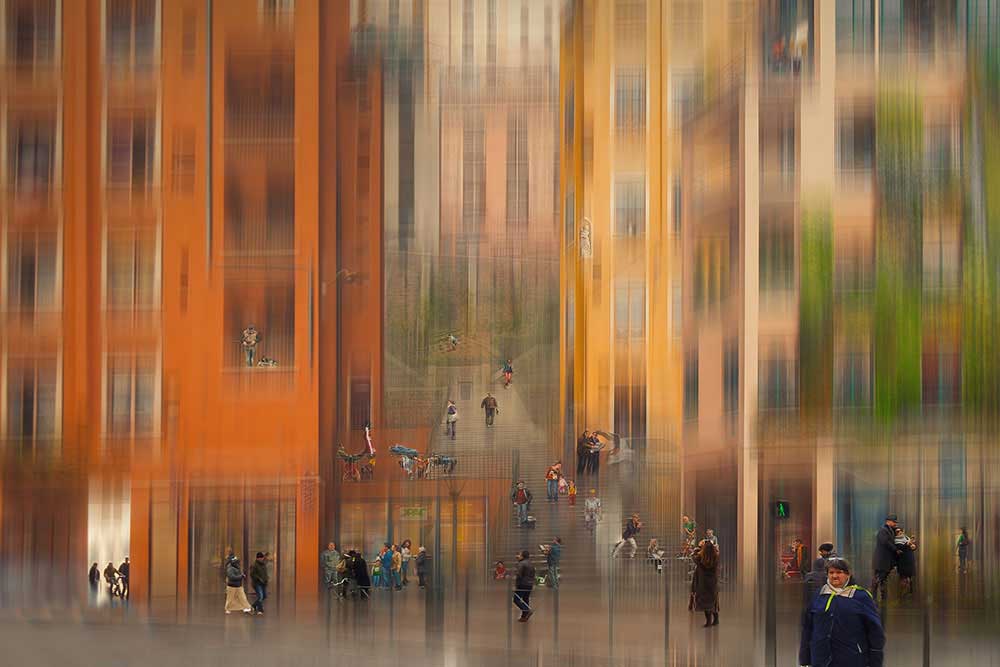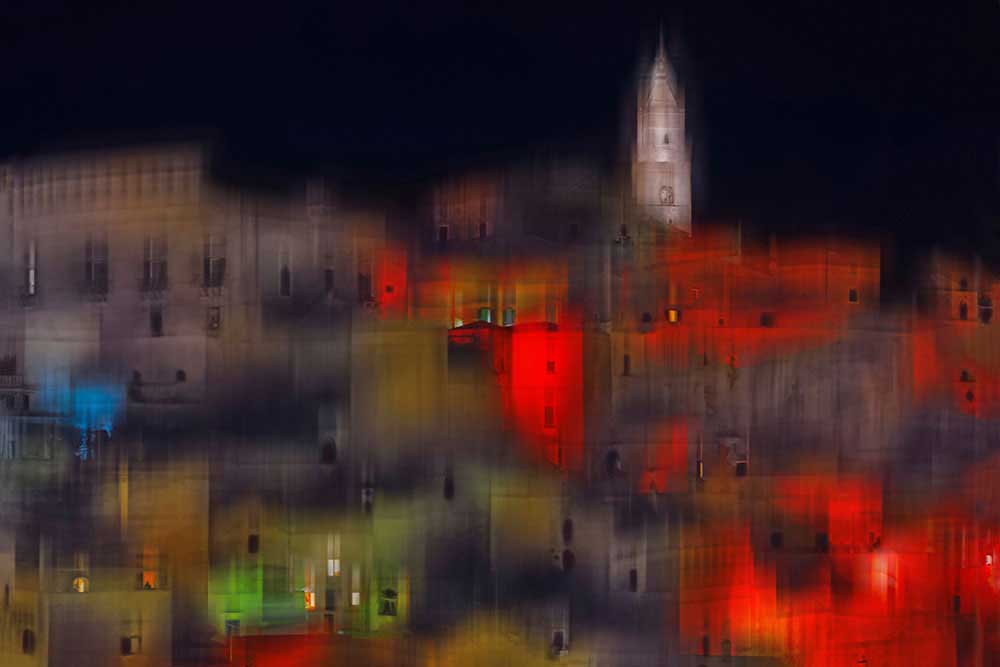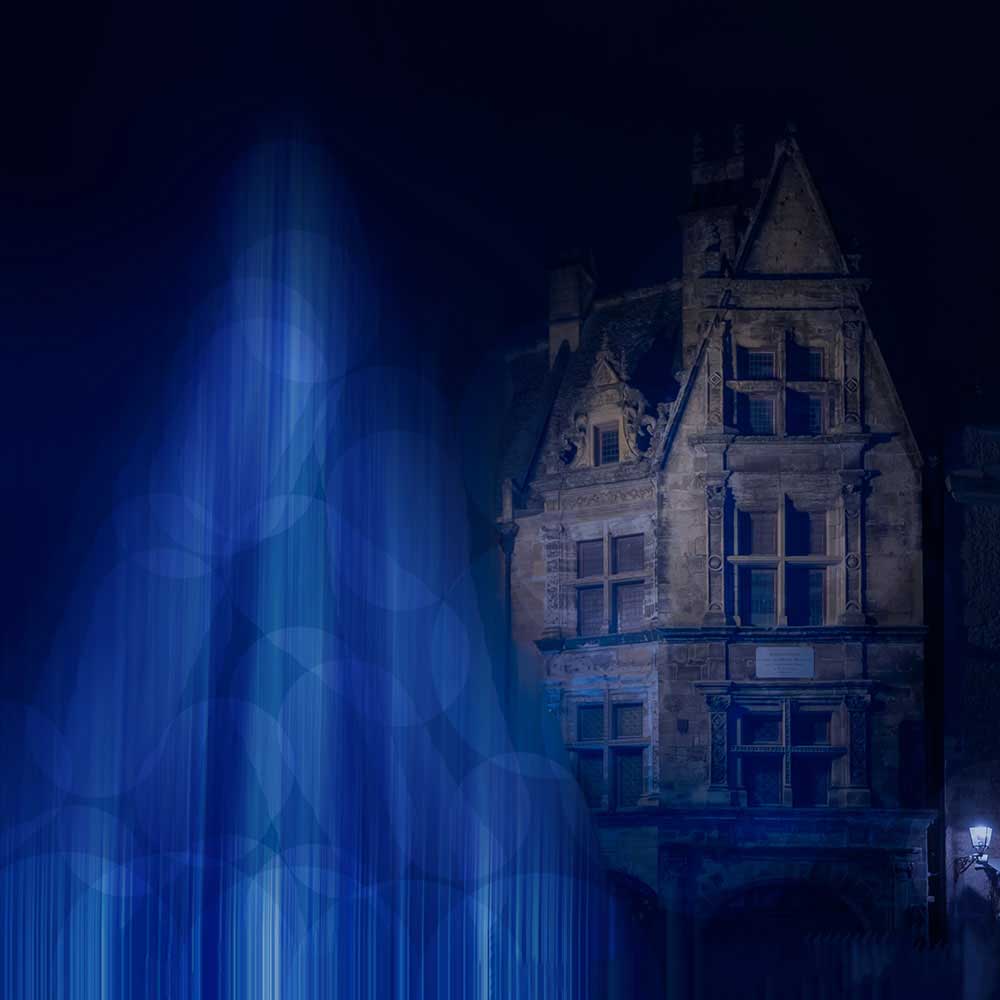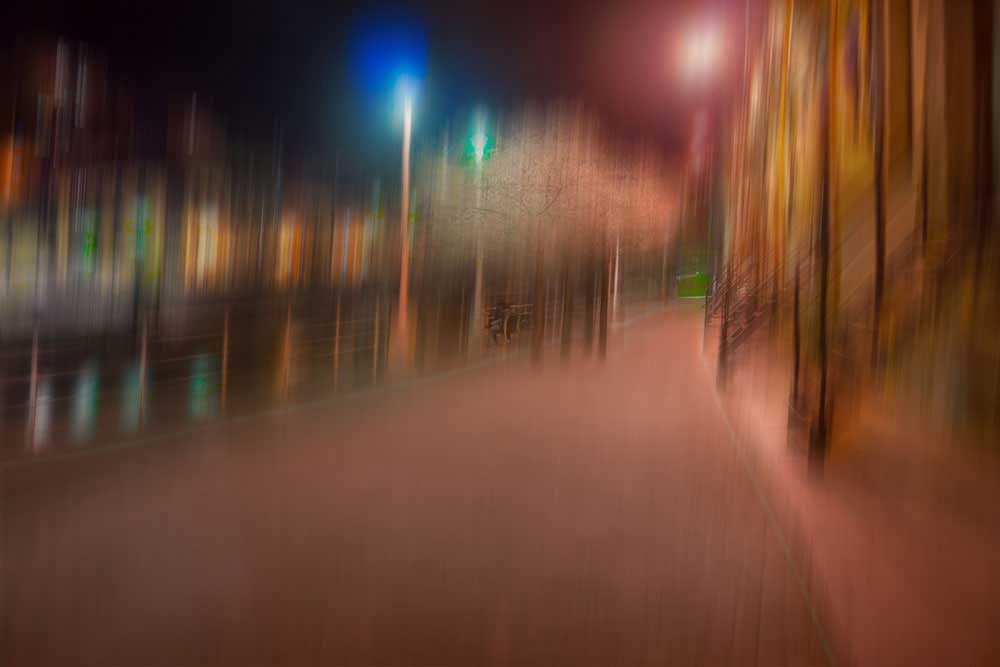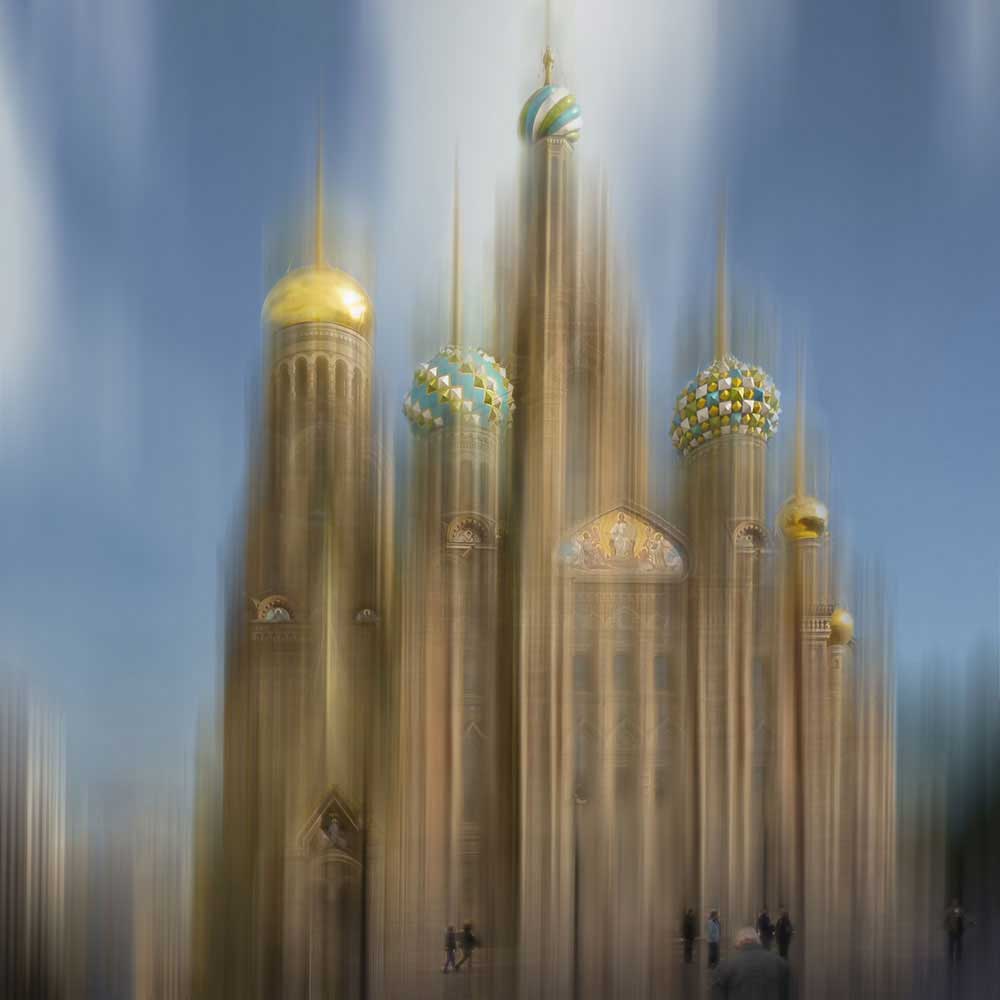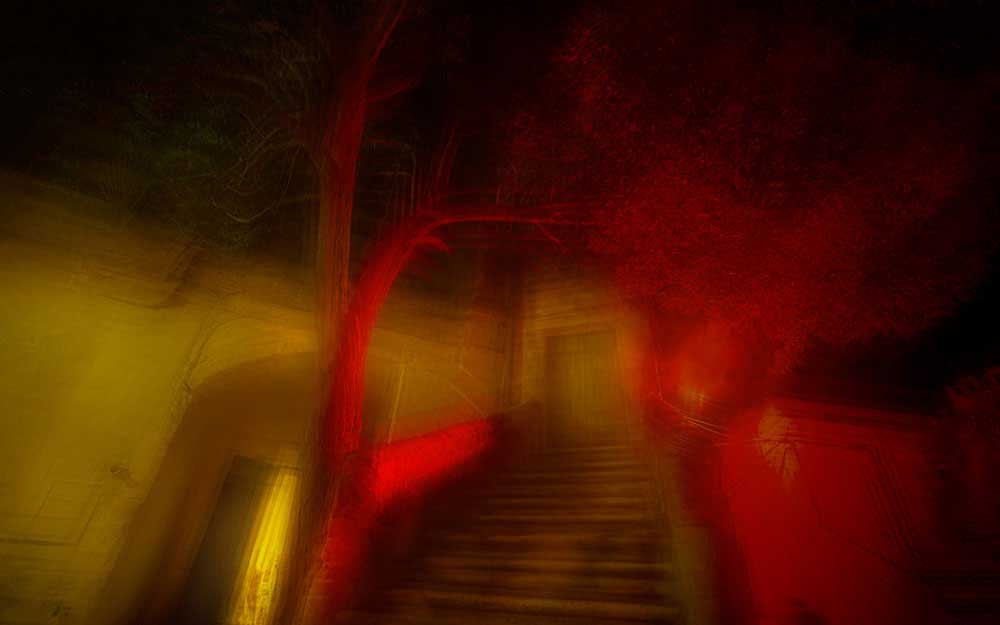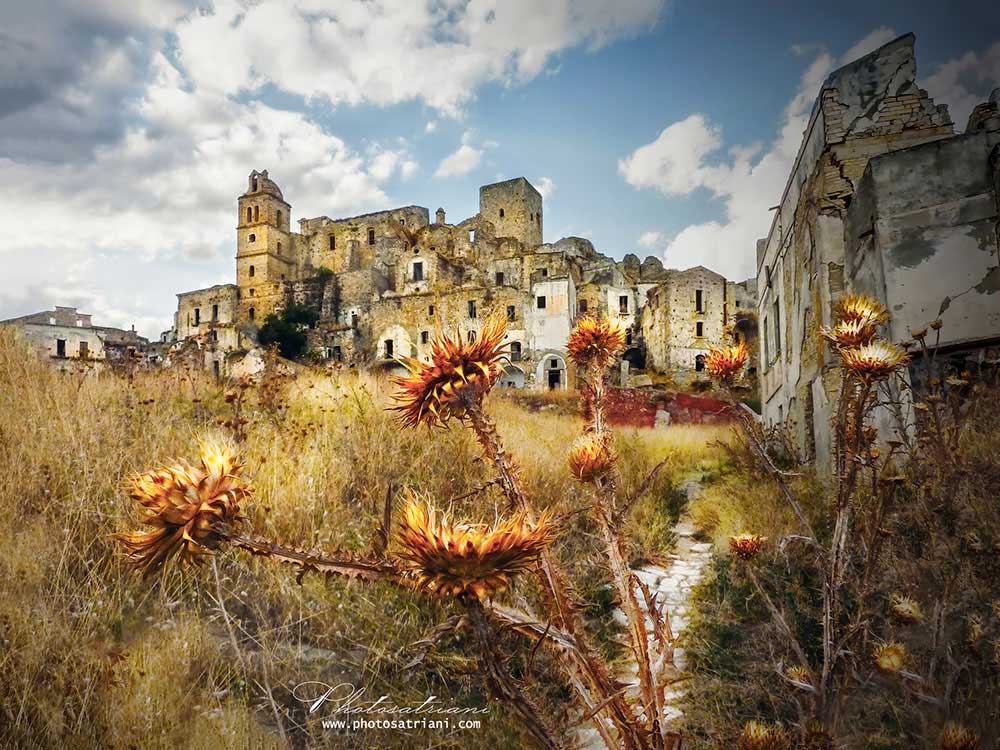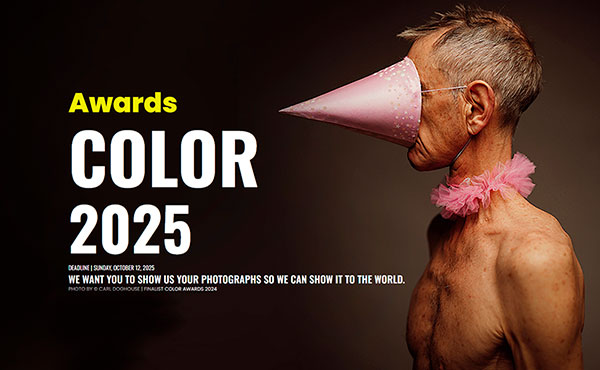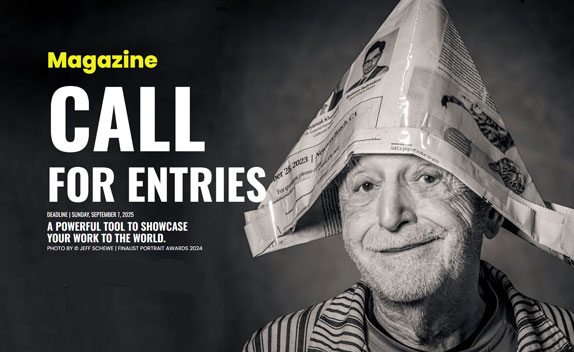More than a year has passed since when, a virus with a size between 50 and 140 nanometers has put humanity in check and especially our way of life.
Confinement, social restrictions, mask, contagion curve, de-escalation, were terms that none of us knew and that throughout this year have entered our vocabulary and our daily lives.
In these turbulent times, one of the aspects that photographers have had the most trouble assuming has been the limitation of our freedom of movement. For landscape photographers this has been experienced with even more anguish and each one has found alternative ways to channel the need for exploration, contact with Nature and breathing freedom. Closeness has been rediscovered; the little wonders that make up our daily lives have been discovered; We have revisited our photographic archive and reinterpreted almost forgotten images that with proper post-processing have had a second life.
After a year, what I think all of us have understood is that art and in our case, photography, is an incredible tool to overcome the much dreaded “pandemic fatigue” because, through it and through the creative process, our minds free themselves from the chains and undertake imaginary journeys that strengthen our return home and our desire to fight with everyday life.
PERSONAL PROJECTS
In my case, this season of apparent non-action has involved a deep analysis of why I take photographs and what I search through them. I think this reflection has resulted in my moving away from the concept of the individual image as a “piece of art” and has brought me closer to the concept of constructing a discourse through a set of images. To bring the attention in the series, more than in the individual image; think about projects rather than taking an end to itself; explore the concept of “photobook”. The step is not easy at all because it is a brutal change of paradigm and surely in my first attempts the result will be improvable, but I know now which is the path I want to follow.
During the pandemic, I have thought of at least ten possible series / projects and I have started three that either take advantage of and combine “old” images or use subjects that can be purchased in shops for “basic necessities” that have always remained open during confinement.
It is about: Inner Landscapes, in which I revisit the concept of Mother Nature; Macroscapes, in which I explore the landscapes hidden in fruits, vegetables and flowers; Insibile Cities, in which I wanted to evoke some of the exotic and fantastic cities that the creativity of Italo Calvino was able to describe in his book “Cittá Invisibili” and that I present in this article.
I perfectly know well that this topic has already been developed and exploited by many other artists from different areas, but I wanted to continue it anyway because it was something that I have always kept closed in the depths of my soul since I read (I was then a little over twenty years old) for the first time Italo Calvino’s book.
My intention with this series has been to provide the pretext to build a story about a visual and imaginary journey that a current “Marco Polo” would make to a Kablai Khan, emperor of the Tartars, as Italo Calvino did in his book, using wonderfully the word.
The idea was not to represent Italo Calvino’s invisible cities visually and “textually”. This would be really very complicated because it would require a patient and meticulous digital construction work that requires the mastery of the “composite” techniques that unfortunately I do not have. Limitations serve to engineer and find alternative approaches; In this case, my initial idea has had to adapt to my technical abilities. Consequently, my focus in this series has been to visually represent the sensation that Italo Calvino’s writing provoked in me during its reading and after my imagination created in my eyes the vision of each of the cities in his book.
Associated with each of the images, I have added a short phrase that I have reworked to my liking, based on the description that Italo Calvino makes in his book of that Invisible City.
Eutropia
Eutropia is a city made up of other cities; only one is inhabited. The others are empty. When the people of Eutropia are tired of their lives, they all move to the nearby city: empty and new. And everyone can choose a new life …
ANASTASIA
Anastasia is the city where no desire is lost because the city enjoys everything that you do not enjoy and therefore you have no choice but to live this desire and be happy with it.
BERENICE
Berenice is the city of the Righteous who work in the shadows and the Unjust who, arrogantly, weave intrigues in the spas, enjoying leisure, while gazing with voluptuous gaze at the bodies of the odalisques
CLOE
It is the city in which no person who crosses its streets knows the other passers-by; consequently no one greets or talks to anyone, but everyone imagines a thousand things about others and about their lives.
OLIVIA
Olivia is the prosperous city with a rich and opulent appearance, but at the same time it is the city with a hectic life and outlying neighborhoods full of ghost men.
FEDORA
Fedora is the city of gray stone in which there is a palace whose rooms each contain a crystal ball. Looking at each ball you see the pattern of other hypothetical Fedoras that are imagined possible and a minute later they are no longer possible.
“Urbes” and the emptied Europe
While I was making the images for Cittá Invisibili and reading Calvino’s epico-romantic and nostalgic description, I have linked this to another theme related to cities that makes me uneasy and concern me.
In Spain 84% of the towns have less than 5,000 inhabitants and 49% subsist with less than 500 inhabitants. Anthropologists set at 500 the number of inhabitants below which there is a clear risk of extinction. This is a phenomenon that transcends borders and already has a European, if not global, reach.
In the “emptied Europe” it is always easier to find abandoned places that are normally seen as nobody’s spaces, scenes of melancholy charged with absence, abandonment and oblivion. These places are somehow sacred places because they embody the link between life and death. Understanding these numbers and this process means becoming aware of a very dangerous phenomenon of “loss of human biodiversity” that entails a personal drama for the people who suffer it on their own skin and a collective drama for Europe.
On the other hand, there are the “cities”. Today, half of the world’s population lives in urban areas and by 2050, two-thirds of the world’s population (6 billion people) will live in cities. Many cities are already comparable to black holes: they swallow much of the human and material wealth, without often returning, not an echo of value. They are egocentric and endogamous constellations that tempt, offer opportunities, standardize and shine with their own light, turning off the world around them.
It is necessary to conceptualize and build another idea of the city, more fluid; in which the mixture between cultures and habits is facilitated; in which the limits are transformed into borders open to exchange.
It is important for any place and even more for cities, to find or define your own “Genius Loci”, an expression derived from Latin that indicates the “essence of the place”, its unique and indistinguishable nature. Because the Genius Loci is the bearer of identity.
CONCLUSIONS
I wanted here to share the personal process that, starting with the rereading of Italo Calvino’s book “Cittá Invisibili”, has led me to create some images that represent the sensations that that reading caused me. During the elaboration of these images I have also found in them the need to think about the city in another way to exalt the essence of the place and at the same time revalue the countryside and thus fight against its abandonment, as two of my compatriots have masterfully captured in “Vado verso dove vengo” short film (trailer here!).
My images, deliberately moved, also want to represent this need to think about cities in a different way, to think of them as liquid cities, as Italo Calvino knew how to do with his creative intelligence and his pen.
Photosatriani
I am a curious of life with idealistic tendencies and a fighter. I believe that shadows are the necessary contrast to enhance the light. I am a lover of nature, of silence and of the inner beauty. The history of my visual creations is quite silent publicly but very rich personally, illuminated by a series of satisfactions and recognitions, such as: gold and silver winner in MUSE Awards 2023; Commended and Highly Commended in IGPOTY 2022/19/18, honorable mention in Pollux Award 2019; selected for Descubrimientos PhotoEspaña (2014), Photosaloon in Torino Fotografia (1995) and in VIPHOTO (2014). Winner of Fotonostrum AI Visual Awards 2024. Group exhibitions in: Atlántica Colectivas FotoNoviembre 2015/13; selected for the Popular Participation section GetxoPhoto 2022/20/15. Exhibitions in ”PhotoVernissage (San Petersburgo, 2012); DeARTE 2012/13 (Medinaceli); Taverna de los Mundos (Bilbao); selected works in ArtDoc, Dodho, 1X. A set of my images belongs to the funds of Tecnalia company in Bilbao, to the collection of the "Isla de Tenerife" Photography Center and to the Medicos sin Fronteras collection in Madrid. Collaborator and interviewer for Dodho platform and in Sineresi magazine [Website]


